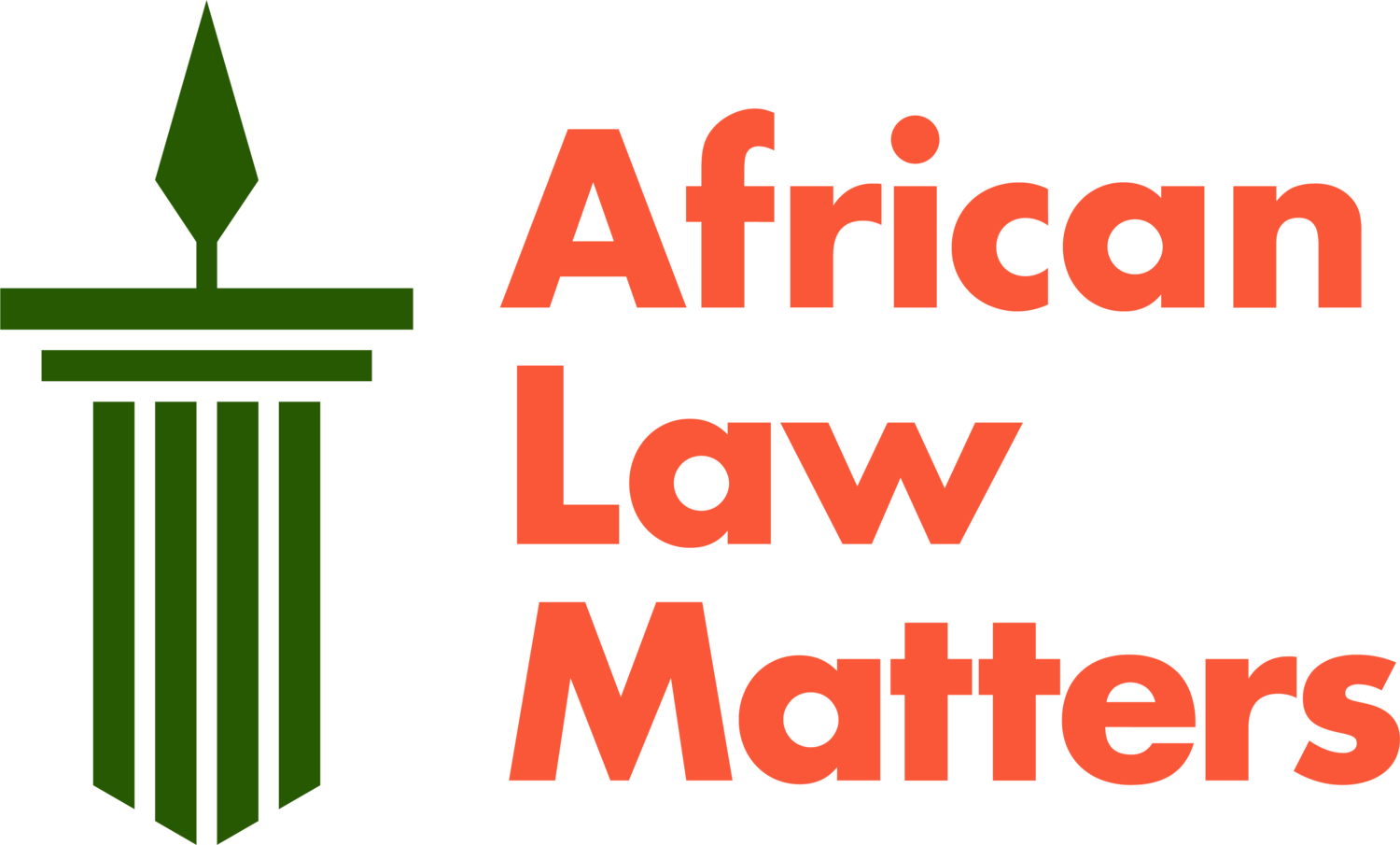The Analytical Reasoning Defects in Thubakgale v Ekhuruleni Metropolitan Municipality
"
Editors Note: This post is basd on an article published in the Constitutional Court Review XIII.
In Thubakgale, the applicants approached the Constitutional Court after protracted litigation, seeking constitutional damages for the violation of their right to adequate housing as enshrined under section 26 of the Constitution.
In short, the applicants had successfully applied for and were allocated housing in Ekurhuleni Municipality. Predictably, corruption miraged the process, and the applicants never received their homes. Their houses were unlawfully occupied – courtesy of fraud and bribes by the local authority. The Constitutional Court was confronted with the following question:
‘[w]hat effective remedy should be granted by courts to litigants who have demonstrated that the state has not only failed to realise the fundamental right to access to housing, but has conducted itself in such a way that one can only reasonably conclude that it refuses to realise this right.’
The majority judgment, penned by Jafta J, declined to award constitutional damages. In his view, there are two broad reasons for this: (i) violation of socio-economic rights cannot be vindicated through constitutional damages, and (ii) the applicants had not exhausted all the remedies available.
In contrast, Majiedt J, writing for the minority, disagreed with both reasons and would have awarded constitutional damages. There was a separate concurrence by Madlanga J, who agreed with Jafta J that the applicants had not exhausted all the remedies. Thus, constitutional damages were not appropriate in this specific case.
The Court, unfortunately, reasoned itself into a Gordian Knot. Each of the judgments has reasoning defects, which demonstrate a lack of analytical rigour in the judgments. Regrettably, there is no shortage of flaws in the judgments, but for this blog post, I focus on five.
The first defect is that all three judgments fail to consider whether the applicants have any property entitlements worthy of constitutional protection under section 25(1) of the Constitution. The applicants successfully applied for a housing subsidy and were allocated plots of land, and houses were built for them. Some of the applicants were registered holders of title over the houses built. However, despite some receiving municipal utility bills, they never received possession of the houses.
The argument is that the applicants are property holders (after being allocated houses). Their property entitlements are protected under section 25, and consequently, they should not be arbitrarily deprived of their property. If one accepts that ours is a transformative Constitution, then an expansive understanding of property would consider those who benefit from state housing programmes traditionally at the margins of the property paradigm to be property owners. If the Court realised this, it would have been guided by the wisdom of the Supreme Court of Appeal in Modder East Squatters v Modderklip Boerdery. A failure to recognise this relationship (where section 26 ends and where section 25 begins) represents a missed opportunity to further the jurisprudence of both provisions.
The second defect has a long history. Jafta J conflates the right in section 26(1) with the obligations that arise under section 26(2). Instead of engaging with the content and scope of the right to access adequate housing, Jafta J begins by explaining that the state’s chief obligation is to act reasonably. However, this does not tell us about the entitlements or claims that flow from section 26(1). What constitutes a right is addressed through the corresponding obligation. This approach, which has been used in other seminal socio-economic rights cases, is misplaced because it tends to denude socio-economic rights of any significance, ignores the constitutional imperative of placing primacy on rights, and instead centres the inquiry on obligations.
While section 26(1) must be read with section 26(2), this does not mean that the former is necessarily defined only through the latter. Rights and obligations are, after all, analytically different. While Majiedt J does not commit the same errors, he does not address the glaring conflation. He merely asserts that the Court finds itself in a terrain beyond Government of the Republic of South Africa v Grootboom and relies on the same faulty assumption.
The third defect is that Jafta J ignores the plain text of sections 38 and 172(b)(c) of the Constitution. Section 38 instructs a court to award appropriate relief when a right is violated. Section 172(2)(b) confers a wide discretion on courts to make just and equitable orders in constitutional matters. However, neither provision qualifies the remedy by stating that it depends on the nature of the right.
Jafta J’s insistence that constitutional damages are not competent for vindicating socio-economic rights impermissibly fetters this wide discretion given to courts. The insistence is plainly at odds with the texts of sections 38 and 172(2)(b). Also, it conflicts with the previous jurisprudence of the Court that stated that the test for appropriate relief is whether it is an effective relief. The consequence of Jafta J’s reasoning is the creation of an inequality between litigants who claim relief for socio-economic rights violations and those who seek to vindicate their civil and political rights.
This leads us to the fourth defect: the false dichotomy between socio-economic and civil political rights created by Jafta J’s reasoning. In this case, Jafta J is unduly formalistic, creating a false dichotomy that is generally untenable and overly deferential to the state. It ignores the ambitions of the Constitution and does not convincingly tell us why those who seek to vindicate their socio-economic rights should be worse off than those who want to vindicate their civil and political rights.
This is especially so in a case where the state has deliberately acted in a manner that frustrates the realisation of socio-economic rights. The rigidity of the classification of rights leads to a false dichotomy, which disregards the fact that rights are interrelated and mutually supportive. It also fails to consider that rights are multi-faceted. It is generally unhelpful to emphasise how one set of rights imposes positive obligations, whereas the other only connotes negative ones.
On the fifth defect Jafta J mischaracterises socio-economic rights as being subject to progressive realisation. As such, courts can only examine the reasonableness of the legislative and other measures taken by the state.
This is plainly incorrect because not all socio-economic rights are subject to the progressive realisation standard. The right to a clean environment and the right to basic education are illustrative of this. Both socio-economic rights illustrate the thin reasoning justifying Jafta J’s outcome. He does not address whether socio-economic rights that do not contain the progressive realisation standard may attract constitutional damages.
It must be remembered that the question of reasonableness relates to whether a state act has violated its obligations. If it acted unreasonably, then it violated the right in question. However, it does not tell us whether or not the remedy is effective or not per se. Reasonableness may be a factor to be considered when deciding the quantum of damages and how effective the relief would be.
In closing, Thubakgale is an unfortunate decision. It may be symbolic of a court that has turned its back on meaningfully developing human rights (not just socio-economic rights). If not corrected, its flawed reasoning will be a hurdle for future litigants who seek to vindicate their rights.


